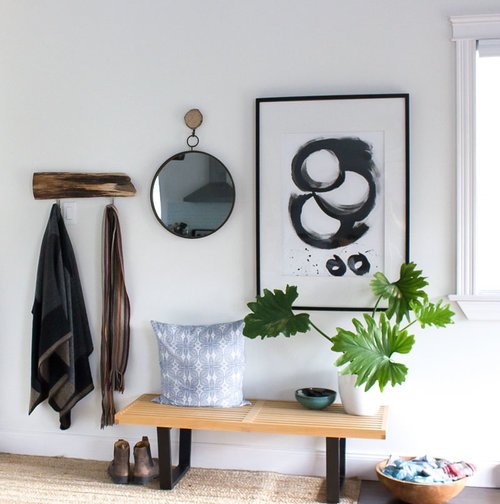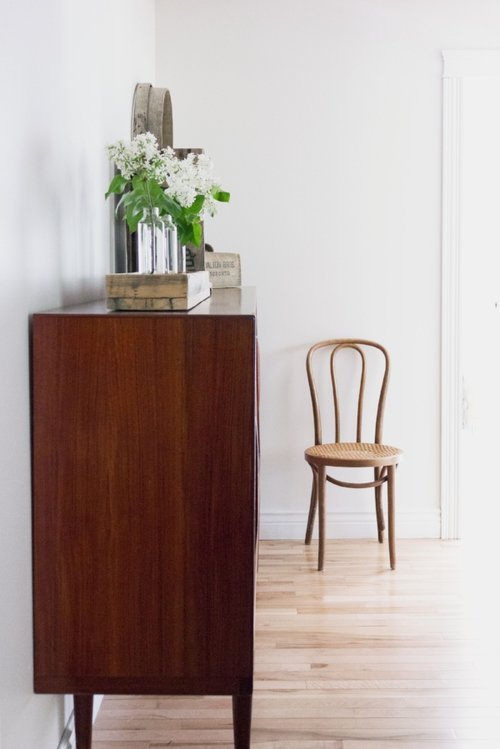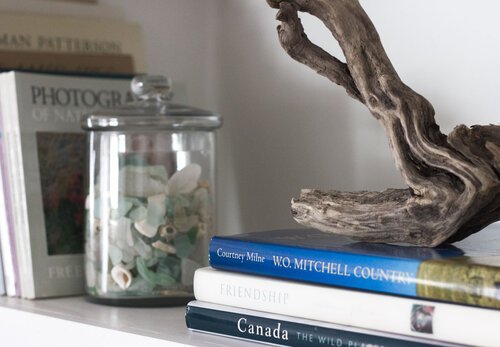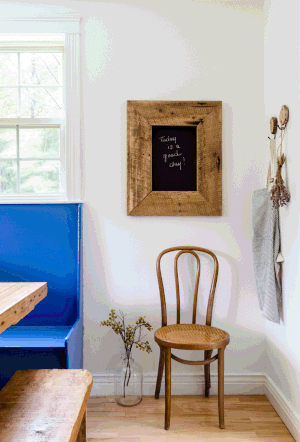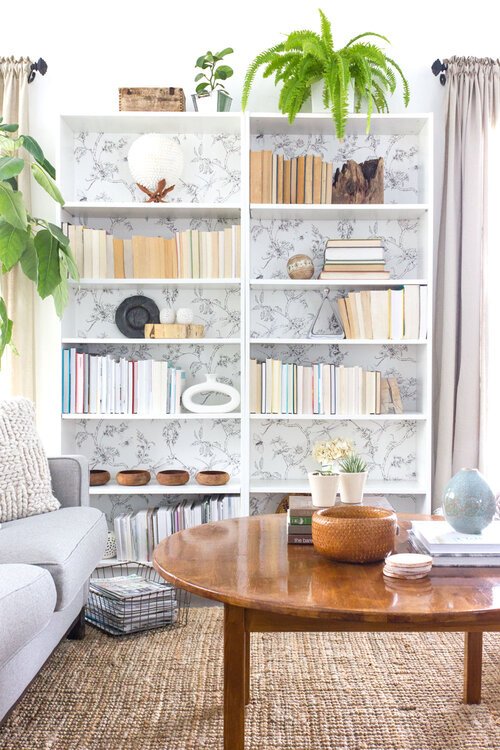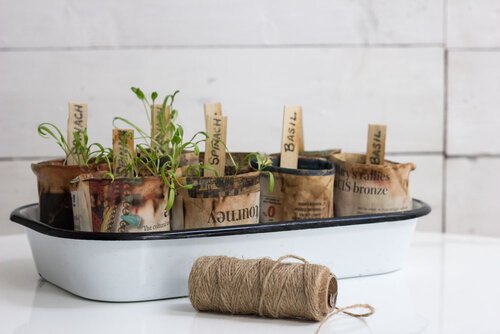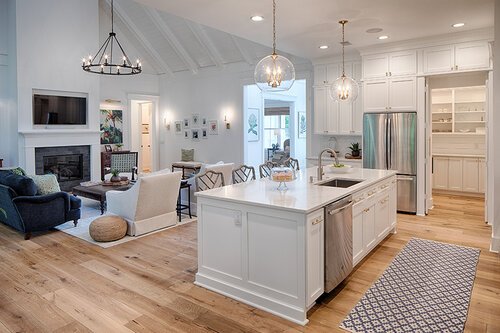What Is Essentialism For Your Home?
We seem to be a society that’s always wanting more, don’t we? More stuff, more fun, more money, more trips, more food…
Unfortunately, this also leads to doing more: more work, more activities to squeeze into the day, more responsibilities, more bills.
All of the “more” can make us constantly busy and burnt out… plus it’s an unsustainable way of living! It’s exhausting, and then we come home to a house that’s stuffed full and suffocates us. It all leads to a life that feels disconnected and unfulfilled.
Enter essentialism.
About eight years ago I was feeling the strain of doing more so I could have more. I had a big job, a big house and yet a longing for something more…meaningful.
When I picked up the book Essentialism, by Greg McKeown, it changed the way I look at things.
McKeown defines essentialism as the art of discerning between external noise and our internal voice. “Our whole society has become consumed by the undisciplined pursuit of more,” he explains. “The only way to overcome this problem is to change the way we think—adopt the mindset of only doing the things that are essential.”
Wow, permission to focus on only those things that are essential to our well-being and our highest dreams. Umm…yes. I’m definitely on board with that.
As I “essentialized” my life and my schedule and my work, this new mindset began spilling over into my life at home as well. I've always been organized, but I still had a lot of stuff in a home that was too big for me.
On the other hand, I'm not a minimalist - I like the comforts of rugs, pillows, books and plants too much to join the true minimalist camp. I admire the principles of minimalism - to own less in order to gain the freedom to do more of the important things in life - but I think sometimes it can become an obsession in and of itself. Yet another thing to DO.
So instead, I’ve adopted essentialism at home.
Essentialism for your home is not about having only a certain number of things in your home or creating a capsule wardrobe.
Essentialism at home about filling your home with the things that will help you focus on and achieve your ideal lifestyle and goals - and eliminating those that don't.
It's about intentionally designing a home that supports you and helps you thrive as an essentialist.
It's living by design, not by default.
Essentialism appeals to my sense of simplicity + comfort + functionality. Your home should always make you feel comforted and supported and at your best - without the distractions that can pull you away from the really meaningful aspects of life.
Essentialism and simplicity are what I teach in my online SIMPLE courses. They include step-by step lessons on everything from decluttering to making your home and habits simpler and easier, to working more efficiently, to surrounding yourself with calming and meaningful beauty and décor.
HOW TO CREATE AN ESSENTIALIST HOME
Design it with your goal life in mind.
Figure out the things you need help with - perhaps it's exercising regularly, socializing & entertaining more, or leaving work behind and unwinding at night. Then set your home up so that you can more easily do these things.
Maybe that means…
getting rid of the spare bed in an underused bedroom in favour of creating an exercise space
rearranging your living room to encourage conversation, not TV watching
carving out a corner to set up a meditation spot that's all your own
eliminating electronics from your bedroom so you’ll sleep better
decluttering old books, papers and stuff from your past that’s holding you back from moving to a new season in your life
Basically, you should design your home for function, ease and efficiency, then layer in comforts and beauty, but be careful not to add so much that it distracts you from your essential purpose and goals.
PRACTICAL IDEAS TO GET YOU STARTED:
1. Get rid of any clutter laying around where it doesn't belong. Everything should have a home where you can easily find it. If it doesn't have a home, maybe you don't really need it. Try the Declutter Dash challenge!
2. Is there space in your home? On your walls? Don't fill up every single space. Leave a little white space. Allow room for flow. It will ease your mind and allow more space in there too!
3. Organize your rooms for how you use them. Put all the baking supplies together. Create a convenient smoothie station. Designate specific spots at your entry for keys, shoes, and coats. Turn the unused bedroom into a writing room or yoga room or photography space. Hang a valet hook in the bedroom to hang out your workout clothes so it's easier to get up for that run in the morning. Then, when you see what you actually use, get rid of anything that you don't.
4. Calm your bedroom. This room needs to be a relaxing oasis that encourages rest and rejuvenation. It's an essential for everyone. Clear off your nightstand so it contains only books, a good light, and a bowl or tray to corral your essentials like glasses and lipbalm (not your phone!).
5. Edit, edit and edit some more. I'm always taking things away from displays on shelving or tables and from groupings on the walls. Stand back and look at your vignettes with an essentialist perspective (pro tip: take a photo and look at it) and edit things down a little so only the most meaningful and inspirational sing to you.
I'd love to hear your thoughts on creating an essentialist home. What does (or would) yours look like?



